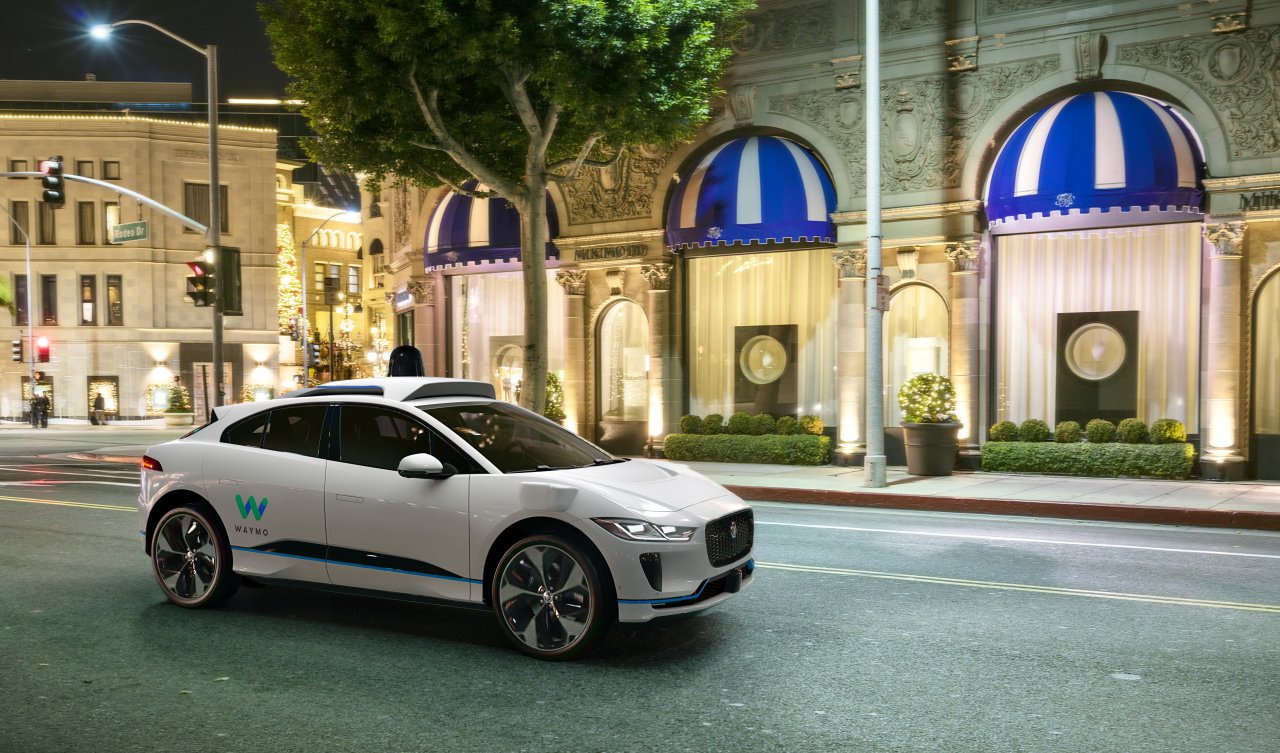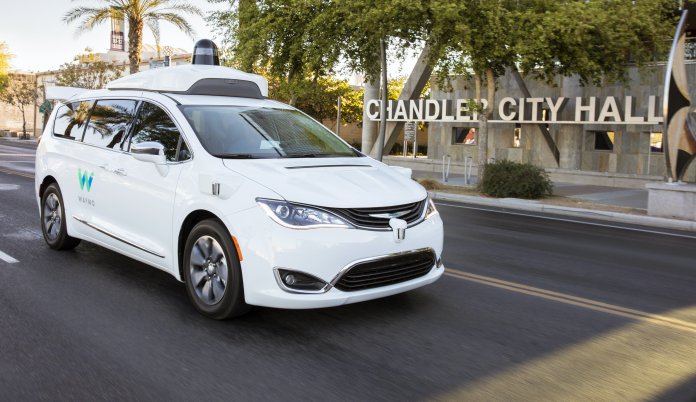“We always overestimate the change that will occur in the next two years and underestimate the change that will occur in the next ten. Don’t let yourself be lulled into inaction.” — Bill Gates
The viability of Gates’ words was underscored this week when a panel discussion during CES 2021, this year’s online version of the annual Consumer Electronics Show, tackled the question: “Self-driving vehicles: Who sets the rules?”
“The economic, social and environmental benefits (of self-driving vehicles) can be vast,” said Rachel Maclean, Department of Transportation minister for the UK. She noted that such vehicles are part of a revolution in mobility that needs to be integrated into the ongoing transportation network. But to do so will require the “biggest shakeup of transportation laws in a generation.”
But the passage of such legislation is a long process, noted Finch Fulton, deputy assistant director for policy for the US Department of Transportation, who explained that 38 federal agencies are involved, as are 50 states, as well as the companies producing and testing a variety of autonomous-vehicle technologies, and the public at large through a period for comments.
And yet the pressure on all parties has been accelerated by the coronavirus pandemic, panelists noted, especially as people turned to shopping from home and increasing the demand on delivery services.
“We’re focusing on a green recovery,” Maclean said, pointing to the UK’s planned transition away from petroleum-fueled vehicles between 2030 and 2035. Automated freight-hauling and package delivery by electric vehicles is seen as providing major environmental benefits.
Self-driving vehicles also can provide accessibility to those with disabilities and, as Fulton pointed out, “The majority of Americans will have a disability at some point in their lives.”

A waymo autonomously driven Jaguar I-Pace electric SUV undergoes testing and collects data to share with regulators
But for self-driving vehicles to blend into the flow of traffic human-steered traffic, legislating regulation is only one challenge. Another is public acceptance. As Fulton noted, there has to be both consumer confidence in the technology and confidence in the regulations designed to make the roads safer.
But as David Quinalty, head of federal policy and government affairs of automated-vehicle specialist Waymo, pointed out, “Fully automated driving is here today” with Waymo in its fifth generation of technology and receiving government approval for test programs, such as the fully autonomous ride-hailing service it is operating in a suburb of Phoenix.
Too often, he noted, policymakers are forced to play catchup to new technologies. For those framing such policies, he offered another quote, this one from famed basketball coach John Wooden: “Be quick, but don’t hurry.”
That comment seemed ironic a couple of days later when the US Department of Transportation’s National Highway Traffic Safety Administration released a “final rule” that revises the Federal Motor Vehicle Safety Standards in regard to “vehicles equipped with automated driving systems that are designed without traditional manual driver controls.”
“With more than 90 percent of serious crashes caused by driver error, it’s vital that we remove unnecessary barriers to technology that could help save lives,” James Owens, deputy administrator, was quoted in the NHTSA news release. “We do not want regulations enacted long before the development of automated technologies to present an unintended and unnecessary barrier to innovation and improved vehicle safety.”
“The right legislation can be an accelerant,” Waymo’sQuinalty said during the CES panel presentation. “The industry wants Congress to look at ways to foster the technology.”






crappiest car always has the right of way. No one wants their nice, expensive car wrecked by a clunker. I have assumed all along that when these new cars equipped with collision avoidance are on the road, I’ll be king in my old junker. The new cars will slam on the brakes and/or dive for the shoulder to avoid my car going wherever and whenever I tell it.
My blind friend Olivia cannot wait for the day she can buy an autonomous car.